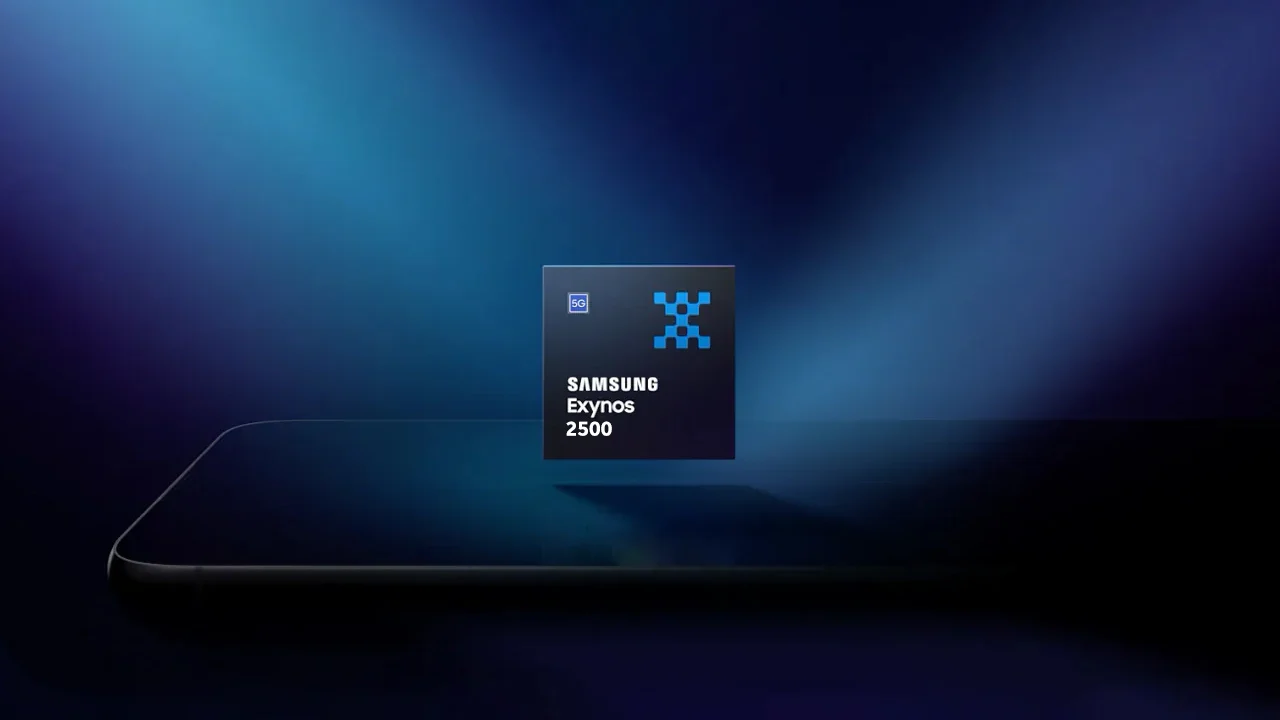According to a recent report from The Bell, Samsung’s third-generation 3 nm process, known as SF2, is having a pretty solid start. Although the ‘2’ in its name suggests it could be a 2 nm-class chip, that’s not the case. Early tests show yields of about 30%, which isn’t terrible for a test phase, especially since its previous version took longer to reach similar numbers. The chip being referenced here is the Exynos 2600.
Future Implications
If Samsung can improve its SF2 yields to around 60% by the time it starts mass production in late 2025, there’s a strong possibility that the upcoming Galaxy S26 phones will feature the Exynos 2600. There’s also speculation about moving away from using an AMD Radeon iGPU in favor of an in-house alternative. However, it’s likely that the Galaxy S26 Ultra and the Galaxy Z Fold 8 will continue to use Qualcomm chips. We’ll get a better understanding of how the Exynos 2600 performs once the Exynos 2500 is revealed with the Galaxy Z Flip 7 later this year.
Internal Development
Currently, Samsung has given the Exynos 2600 the internal codename “Tethys.” On paper, this chip should have an edge over Qualcomm’s Snapdragon 8 Elite 2 and MediaTek’s Dimensity 9500, which are expected to be manufactured using TSMC’s N3P technology. However, in practice, TSMC has traditionally been more successful. The competition would have been more balanced if TSMC had accepted Samsung’s proposal to produce Exynos chips, but that opportunity was closed off early on.
Importance of SF2
The success of SF2 is crucial for Samsung, as it will influence the future of its foundry business. The company has already put some older nodes (4 nm and lower) on hold due to a lack of demand. So far, SF2 has two confirmed clients: PFN and Ambarella. There’s a possibility that Qualcomm might return to Samsung Foundry, particularly since its name was noticeably missing from the list of TSMC N2 customers, which included big names like Apple, Intel, AMD, and Nvidia.
Source:
Link


Leave a Reply